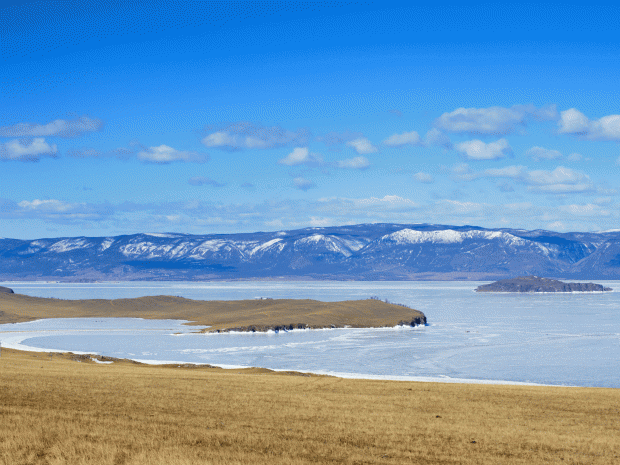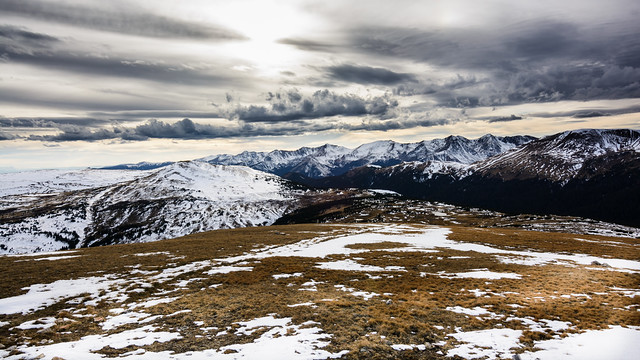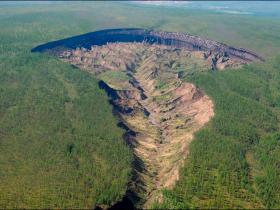http://e-info.org.tw/node/117919
西伯利亞永凍土融化 天花恐隨古墓重現人間
文字大小
942 1 Share1
本報2016年8月24日綜合外電報導,姜唯編譯;蔡麗伶審校
1977年絕跡的天花,恐怕再次回到人間!西伯利亞日前爆出炭疽疫情後,專家在當地發現一具120年前死於天花的屍體,已因永凍土融化而暴露,意味著可能有天花病毒釋出。
極地苔原景觀,當地的永凍土層正因氣候變遷而融化。圖片來源:Matthew(CC BY 2.0)。
稍早,俄羅斯極圈地區才發生永凍土融化,人和鹿的屍體釋出炭疽孢子,導致24人感染的災情。但是專家警告,更嚴重的還在後頭。
俄羅斯極圈爆發炭疽後,新西伯利亞病毒學與生物技術中心的專家身著防護衣,開始測試其他疾病出現的可能性,竟發現有疑似天花膿斑疤痕的屍體。雖然並未發現病毒,但偵測到病毒DNA的碎片。
俄羅斯科學院西伯利亞分院科學家Boris Kershengolts說:「1890年代爆發過大規模的天花疫情,有的小鎮近四成人口死亡。這些屍體被埋在科雷馬河床上,永凍土的上層。100年後的今天,科雷馬河的水流開始侵蝕河床。」
永凍土融化加速了侵蝕的過程。永凍土研究所副主任格里高里夫(Mikhail Grigoriev)指出,雅庫特地區的永凍土到了夏季通常融化30到60公分,但今年融化超過一公尺。
「形成亞馬爾半島的岩石和土壤中含有大量的冰。冰融化可能使土壤快速鬆動,因此有很高的機會暴露出底下的牲畜屍體。過去挖的許多墓穴深僅三公尺,僅覆蓋薄薄一層土壤,導致現在(炭疽)孢子釋出。」格里高里夫說。
此外,西伯利亞永凍土融化也可能釋出大量的甲烷。甲烷的溫室效應比二氧化碳強得多,形成加速全球暖化的惡性循環。
Smallpox could return as Siberia's melting permafrost exposes ancient graves
Last known case of the deadly disease was in Somalia in 1977, but Russian scientists investigating an anthrax outbreak have found the virus's DNA in corpses once entombed in the frozen ground








沒有留言:
張貼留言